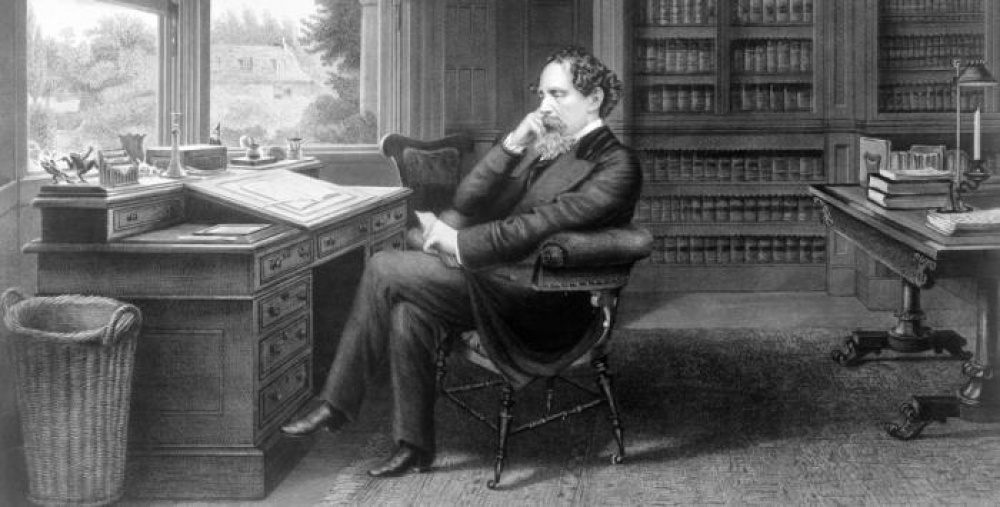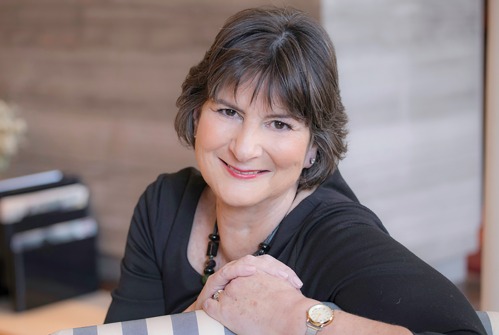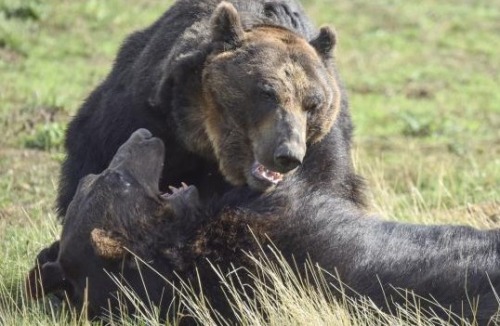The Ghost of Christmas Past

This year marks the 175th anniversary of the Yuletide masterpiece A Christmas Carol
It’s a tale known the world over. Charles Dickens’ great masterpiece of festive spirit – A Christmas Carol – is one of the best loved and most recognisable stories there has ever been, but not many people know that it owes much of its origins to the market town of Malton, and Dickens’ close friendship with a local lawyer called Charles Smithson.
We spoke to Lucinda Hawksley – the great-great-great granddaughter of Charles Dickens and author of Dickens and Christmas – about how observations made and friendships forged in the beautiful surrounds of Malton became the inspiration for the classic Christmas story.
One of the things that strikes you most when reading A Christmas Carol – something Lucinda urges everyone to do at least once – is how utterly timeless the story is. ‘You hear people talk all the time, saying: “ooh he’s such a scrooge”,’ Lucinda says. ‘Scrooge, Tiny Tim, Bob Cratchit – they’re characters that have just gone into the imagination.’ It seems as if the tropes of money-hungry businessmen, long-suffering workers and vulnerable children are just as relevant now as they were 175 years ago when A Christmas Carol was first published. This longevity, Lucinda thinks, is down to Dickens’ superb ability to observe his surroundings and capture their essence. ‘If he had been alive today, he would have been sidelining in stand-up observational comedy,’ she jokes. ‘I think we can still appreciate the characters he created because they’re still relevant; people still recognise those personality traits, foibles and themes.’
An outgoing and friendly man, Dickens made the most of his observational skill by basing a lot of his fictional characters on the real life people he met on his travels. ‘A year before he wrote A Christmas Carol, he was out walking with some friends,’ Lucinda tells us. ‘They came across a Dr Marley who they befriended. Dickens remarked on what an unusual name it was, and he said: “Oh yes, you never hear the name Marley”. That certainly changed a year later.’ He had an instinct for picking up characters from everyday life – ‘He was sort of like a magpie; picking things up that he could use,’ and that continued in Malton, where he is said to have befriended a Mrs Jump, who rather worryingly formed the basis of Mrs MacStinger, the frightening landlady in Dombey and Son.
It is astonishing to think now, but at the time of writing A Christmas Carol, Dickens was struggling financially; while he had already written many of his best-loved works, including the likes of The Pickwick Papers and Oliver Twist, his career was stuttering for the first time. He had just published American Notes, a travelogue about his journey around the United States, which lost him favour over there due to his expressed anger over the continuation of slavery in parts of the country. He was also in a battle with his publishers due to the poor public reception of Martin Chuzzlewit, which was being serialised at the time. ‘It was the first time since he’d started writing that he’d lost readers part-way through a story, so his publishers were losing a bit of confidence in him,’ explains Lucinda. It was in this setting that Dickens took a three-week trip to Malton, and on his return – having first been tasked to produce a pamphlet on child poverty by the British government – instead produced A Christmas Carol, in full, in only six weeks. Dickens was sure it was going to be a hit, but his publishers weren’t so sure. ‘They wouldn’t pay for the very expensive illustrations by his friend John Leach that he was really desperate to have,’ Lucinda says, ‘so he had to largely self-publish.’
Dickens’ inspiration for the novel clearly had its origins in Malton, which was the home of his friend, the lawyer Charles Smithson. Dickens and Smithson met through a mutual acquaintance – Thomas Mitton, who wanted to buy into Smithson’s London company – and they went on to forge a life-long friendship. As both shared the same mischievous humour and razor-sharp wit and Dickens went on to become godfather to Smithson’s daughter, Kate. When Charles Smithson eventually relocated his firm from London to his home town of Malton, their friendship morphed into one of letter correspondence and occasional visits. Lucinda found a comic letter Dickens had written to Smithson after the latter had sent the former a pie, made with the wealth of food available in the Yorkshire countryside. ‘He wrote it was so huge that he fainted away when he saw it,’ she recounts. ‘That his groom put his shoulder out having to carry it and sent a damage charge after trying to lift it. He said at one point: “we sit and stare at it in dull astonishment, and grow dizzy in the contemplation of its enormous magnitude”, which is just wonderful.’
From this firm friendship, and the utterly beautiful North Yorkshire environment, spawned creativity and inspiration aplenty. Dickens came to stay with Smithson and his family for a long visit in the summer of 1843, while the ideas that would become A Christmas Carol were forming, and it is alleged that Smithson’s tiny Malton office on Chancery Lane – which is now the Counting House Museum – was the inspiration for Scrooge’s office, where Bob Cratchit would work tirelessly with a single coal burning in the grate. Dickens also suggested that the bells, which strike the hour when each of the three ghosts arrive, are based on those of St Leonard’s Church on Church Hill. But it is not just in A Christmas Carol where the Malton connection becomes apparent. Charles Smithson sadly died at the age of 39, a year after the publication of A Christmas Carol, without leaving a will; Dickens helped the family check for it, but as he wrote in a letter to his wife Kate: ‘There appears to be no doubt whatsoever that he died without a will. Every place has been searched that could be thought of and nothing has been found’. Several years later, when Dickens was writing David Copperfield, he based the much-loved character of Mr Spenlow, another lawyer who died without leaving a will, on his old friend – certainly a more sympathetic characterisation than a long-suffering employee in Scrooge’s counting house.
When Charles Smithson died, Dickens rushed from his London residence to get to Malton in time for the funeral – taking a fast carriage from York to Malton over rough terrain to make sure he was there on time. At the funeral, he allegedly told Smithson’s widow, who was pregnant with the couple’s second child, about how Malton features in A Christmas Carol, as well as providing her with a signed copy of the best-seller. That same book then went on a 150-year journey that ended with it being found in a rubbish bin outside a house in New England, America. It was at that point when a group of Malton residents found out about the location of the book and started raising funds around the town in an attempt to bring the copy back home. While it was estimated to sell for over £60,000, the group managed to obtain it for a third of that price, and triumphantly brought it back to where it belongs. Now housed inside the Talbot Hotel, the book is on show for all to see and provides a fantastic point of pilgrimage for all Dickens enthusiasts who are coming to attend this year’s Christmas festivities.
That, too, is not the only link between Dickens and Malton. Charles’ brother, Alfred Dickens, was for some time stationed there as the resident engineer while working on the Malton-to-Driffield railway line. ‘He very sadly passed away at the age of 38, and it’s such a pity that he did,’ Lucinda says. ‘I think he would have been as famous as someone like Isambard Kingdom Brunel – he was a really brilliant sanitation and railway engineer.’ Sadly, only one Dickens brother became world-renowned, but it further cements the connections between Charles Dickens and Malton, which is why the Malton Dickensian Festival – at which Lucinda is giving a talk this December – has such an extensive calendar of events every Christmas. This year, they are putting on a one-man show of A Christmas Carol, based on the readings that Dickens himself used to perform across the UK and America, along with a host of other concerts, talks and theatre celebrating Dickens’ relationship with the town. In this the 175th anniversary year of the publication of A Christmas Carol, it shows the reverence with which Charles Dickens is still rightly held in these parts that his close connection with Malton is being celebrated in such an emphatic way.
Find out more about the Malton Dickensian Festival at www.dickensgifttoyorkshire.com







